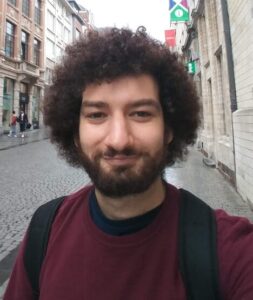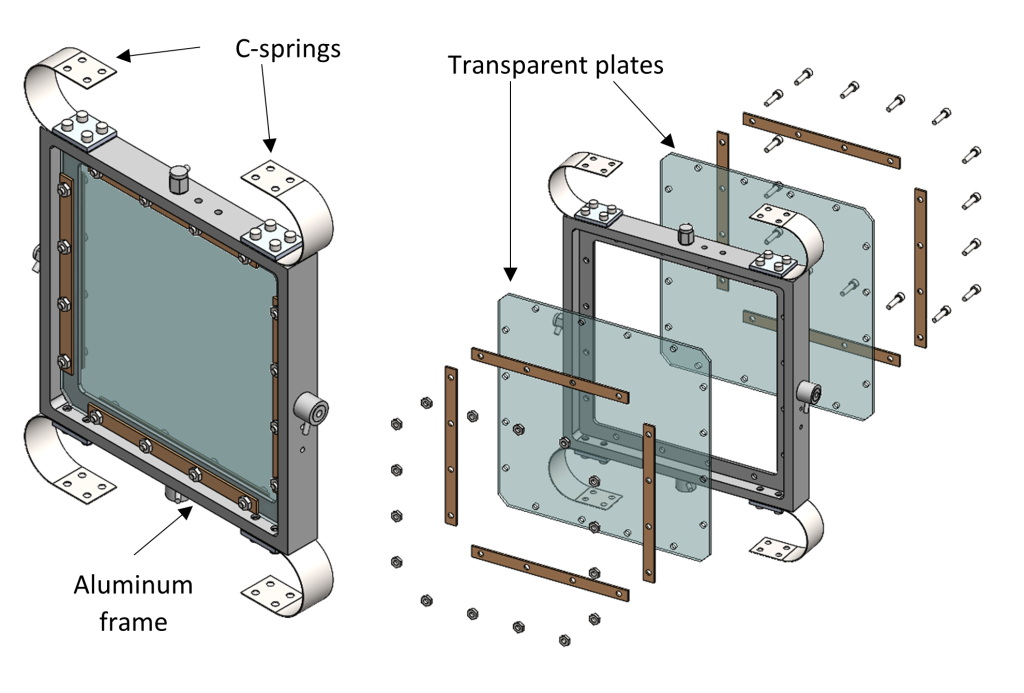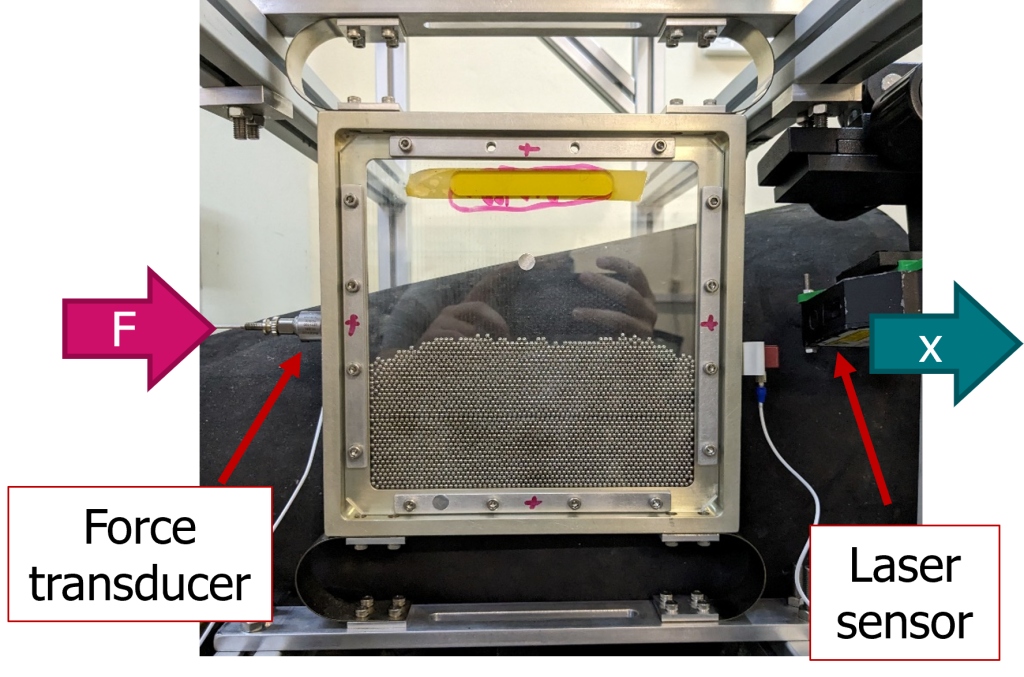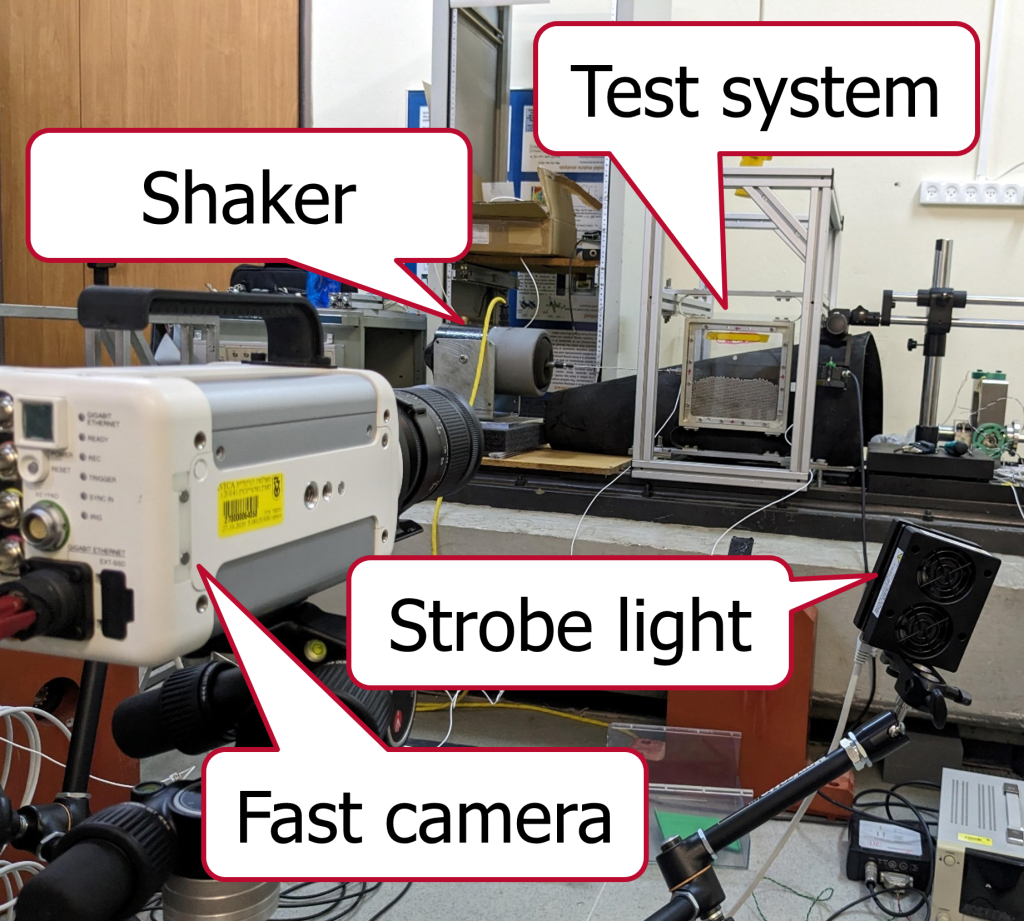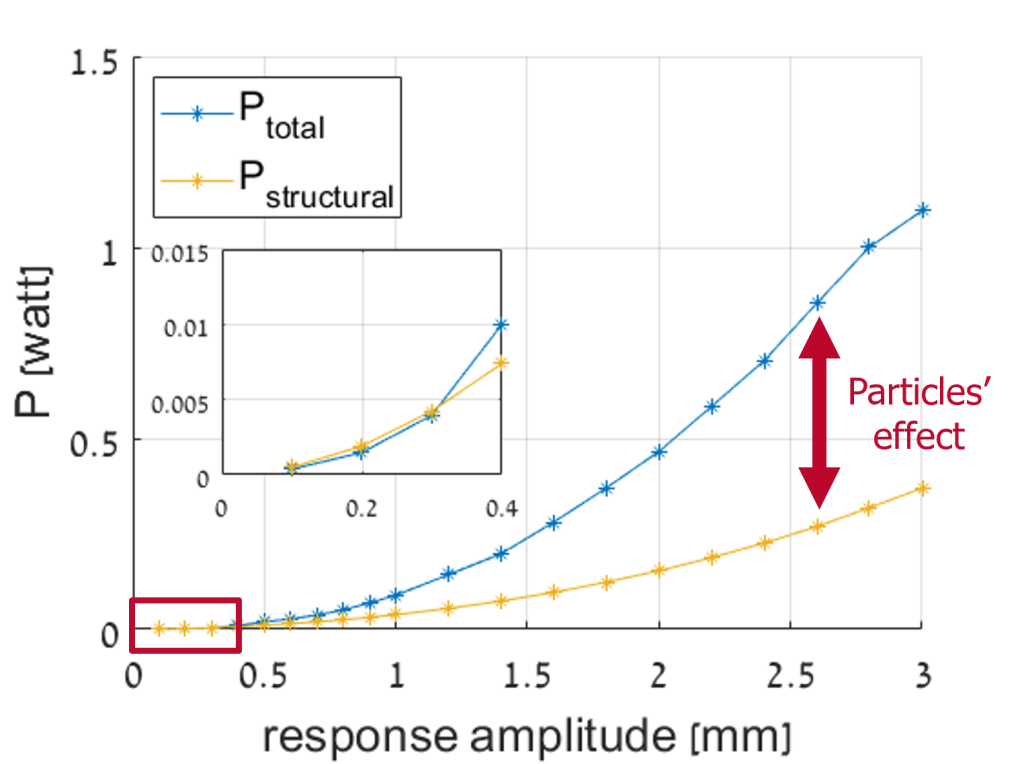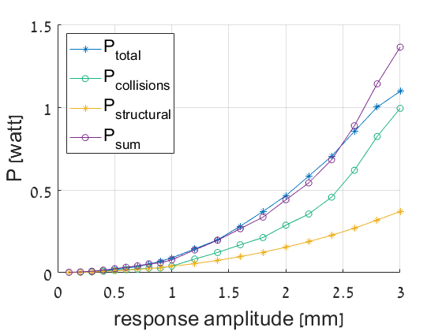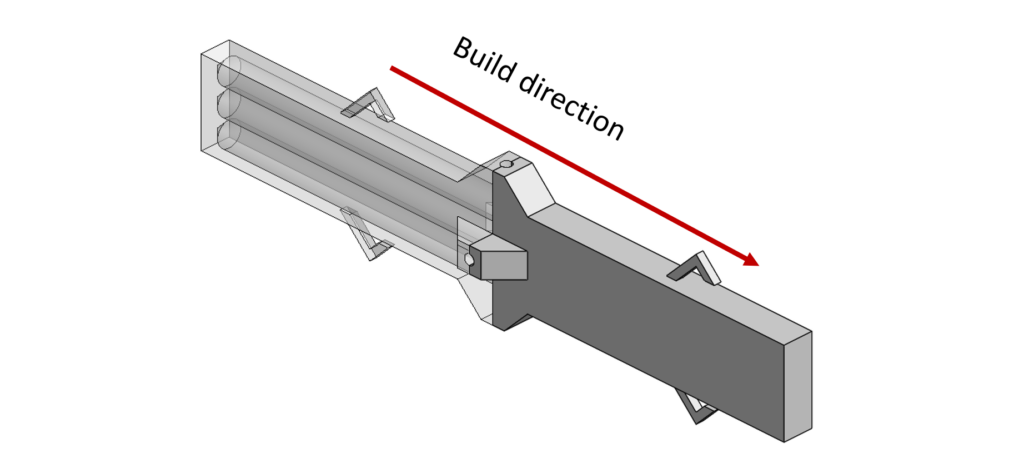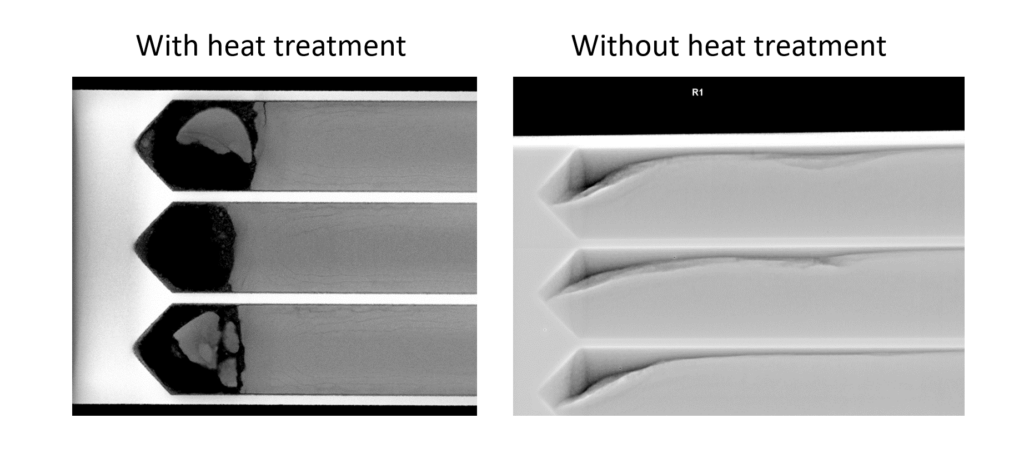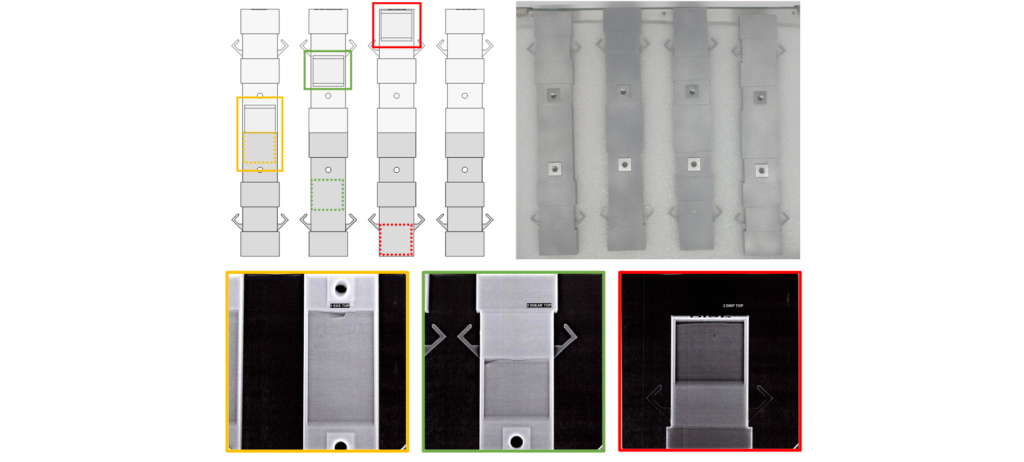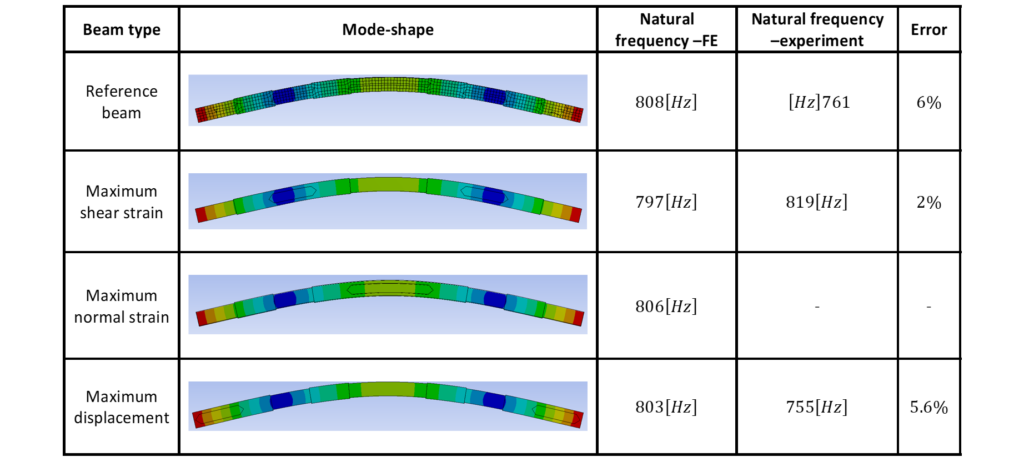CV
Present – Ph.D. studies, Mechanical Engineering, Technion – Israel Institute of Technology
Research topic: Optimization of particle dampers embedded in additive-manufacturing-based designs.
Advisors: Professor Izhak Bucher and Eyal Setter, Ph.D.
2017 – M.Sc., Mechanical Engineering, Technion – Israel Institute of Technology
Thesis topic: Analysis of stability transitions in a superparamagnetic microswimmer.
Advisor: Associate Professor Yizhar Or
2015 – B.Sc., Mechanical Engineering, Technion – Israel Institute of Technology
As part of the academic reserve program “Brakim” of the Israel Defense Forces
Full CV (September 2023) – Download
Google scholar profile – Link
Contact Details
Email: Hardufy2@gmail.com
Research Interests
- Mechanical vibrations and nonlinear dynamics
- Experimental identification and modeling of vibrating structures
- Powder mechanics and flow
- Structural topology optimization
Ongoing projects
Framework for dynamic response optimization by particle dampers distribution
Modern additive manufacturing (AM) techniques, such as selective laser sintering (SLS), offer the capability to fabricate structures embedded with particle-filled cavities that act as particle dampers. As with many other AM techniques, the design freedom in AM allows tailoring structures to specific functions. With the added possibility of embedding dampers into the design, we can also customize their size, shape, and position within the structure to improve the structure’s dynamic response. This begs the question: what would be the optimal distribution of dampers within the structure?
In this project, we aim to develop a framework for solving this question.
We start by formulating the optimization problem mathematically: Consider a structure subject to an external, random dynamic excitation force\base excitation. The structure is modeled using finite elements. The structure is composed of two material phases: a solid phase – a stiff material with low damping capacity, and a powder phase – a compliant material with high damping capacity. To parameterize the design, we use the homogenization approach and assign a design parameter to each finite element in the structure. The design parameter determines the ratio between the phases within the element, i.e. the element’s properties are an interpolation between the material properties of each phase, with the ratio determined by the design parameter. Our objective would be to minimize the weighted mean-square value of the structural response to the specific dynamic load, defined by its power spectral density (PSD). From an engineering perspective, the structure should meet static load-carrying requirements, so a compliance\stiffness constraint can and should be incorporated as well. This completes the problem formulation, which can be summarized as:
- Objective: minimize the weighted response of the structure
- Parameterization: interpolation between two material phases
- Physical model: finite elements harmonic response analysis
- Constraints: maximum allowable compliance
We demonstrate this formulation in 2D assuming linear damping. This is essentially a modification of the classical variable-thickness-sheet problem.
Some of the current challenges we encounter:
- Incorporating the nonlinear damping behavior of particle dampers: the dampers exhibit nonlinear behavior which should be incorporated into the model, which means that the classical harmonic analysis procedure should be improved, as well as the sensitivity analysis.
- Obtaining discrete material phases: while mathematically we can define a solid-powder combination, such a phase cannot be realized. In static optimization, this problem is often dealt with using the SIMP approach: by introducing a power law into the material interpolation, intermediate interpolation values are less beneficial because they have lower specific stiffness. In dynamic optimization, this is not necessarily the case; the intermediate interpolation values can help keep the structure’s natural frequencies outside of the excitation spectrum.
Investigation of particle dampers at particle scale
One of the challenges in modeling particle dampers is bridging the gap between the phenomena observed at the particles’ scale and the dynamics at the structural-scale. In this project, we devised an experimental system allowing us to study both scales simultaneously.
Our system is a large-scale realization of a 1DOF particle damper. It consists of an aluminum frame connected to the ground via 4 C-springs. The aluminum frame is sandwiched between two transparent plates. The two plates contain a mono-layer of particles (3mm steel balls) and confine the particles to perform quasi-2D motion.
The aluminum frame is excited by a modal shaker. The input force and the frame’s response are measured using a force sensor and a laser vibrometer, allowing to measure the structural response. The particles’ motion is recorded using a high-speed camera, that enables investigation of phenomena at particle scale.
By tracking the individual particles, we can estimate the variance in the particles’ velocity, also known as “granular temperature”. The granular temperature is a measure of the amount of collisions per unit time, which is closely related to the power dissipated by the particles. We can estimate the total power dissipated in the system using the structural measurements and compare it with the power dissipated by the particles to gain important insight about the effects of the particles’ motion on the overall damping.
The following video shows the results of particle tracking overlaid on the original slow-motion video. Each dot corresponds to a particle and the color corresponds to the particle’s relative velocity magnitude.
Finished projects
Developing an identification method for forced, variable-mass, vibrating systems
Variable-mass systems are systems whose inertia term is not constant, but rather depends on time or the state of the system. An interesting sub-category of variable-mass systems, with which this work is concerned, are systems whose mass depends explicitly on their state; mechanical examples include: a cable being deployed from a reel, where the suspended mass of the cable depends on the laying reel’s rotation or a particle moving on a rotating parabola. Other examples may come from the field of electric circuits – inductors, who take up the role of inertia in the equivalence between mass-spring-damper systems and RLC circuits, may change their properties based on the current flowing through them. In this work, we are interested in the identification of the modal parameters of such systems from experimental measurements.
We propose a modification to the “FORCEVIB” method developed by Michael Feldman, a non-parametric Hilbert-transform-based approach to nonlinear system identification, to allow for the identification of forced systems whose inertia term depends on the state of the system.
This work was summarized in a paper submitted to Automatica. Preprint available in arXiv.
Modeling of the dynamics of structures with embedded particle dampers
This project is concerned with the modeling of the dynamics of structures embedded with particle damper, fabricated using additive manufacturing technology.
Several beams containing particle dampers were fabricated using SLS technology, as well as completely solid, undamped beams, for reference. The beams were excited using a modal shaker and the excitation force and the beams’ response were measured using a force sensor and a laser vibrometer. The FORCEVIB method was used to identify the relationship between the beams’ modal parameters, i.e. their natural frequency and damping ratio, and its response amplitude.
Using this nonparametric identification approach, a lot of insight was gained about the beams’ dynamics: up to a certain vibration amplitude threshold, the beams exhibit linear behavior. When the beams’ response increases above this threshold, the beam’s natural frequency increases as well and approaches a limiting value as the response increases. The beams’ damping ratio increases with the response as well, reaches a maximal value, and then starts decreasing.
Using the insights gained experimentally, we devised a simple model for the beam’s dynamics: the particles are modeled as a lumped mass, sliding relative to the structural mass with Coulomb friction. This simple model reproduces many of the nonlinear phenomena exhibited by the beams, and can be calibrated to a specific structure and used to predict the structure’s response to various dynamic loads.
The project was presented at ISMA2022 and a paper was published in MSSP. This research was made possible thanks to the PAZY foundation.
Design and fabrication of structures with embedded particle dampers
Selective laser sintering (SLS) allows for the fabrication of structures containing powder-filled cavities. Usually, the residual powder filling the cavities is disposed of by designing a “drainage” hole through which the cavity can be emptied. However, a cavity filled with particles is essentially a particle damper that can absorb kinetic energy and attenuate the structure’s response to external excitation. Our goal was to design and fabricate structures with embedded particle dampers in order to study their dynamics. Several challenges were encountered during the design and fabrication process: the cavities’ shapes should account for overhangs, the thermal post-processing of the fabricated structures caused the powder particles to aggregate into lumps and fuse with the cavities’ walls, and so on. A lot of know-how was gathered in the design process with a lot of trial and error, read more about it here. This research was made possible thanks to the PAZY foundation.
JOURNAL PUBLICATIONS
- Y. Harduf, E. Setter, I. Bucher, An identification method for oscillators with response-dependent inertia, ArXiv (2023). Link
- Y. Harduf, E. Setter, M. Feldman, I. Bucher, Modeling additively-manufactured particle dampers as a 2DOF frictional system, Mech. Syst. Signal Process. 187 (2023) 109928. Link, Manuscript (PDF)
CONFERENCES
Refereed Papers in Conference Proceeding
- Harduf, Y., Setter, E., Feldman, M., and Bucher, I., ‘A simple model for the damping properties of additively manufactured particle dampers’,. In ISMA2022 – International Conference on Noise and Vibration Engineering. Manuscript (PDF), Presentation (PDF)
Contributed Talks (presenter is underlined)
- Y. Harduf, E. Setter, E. Rubin, M. Feldman and I. Bucher, “Towards optimal dynamic response using AM-based granular damping”, Technion AM Day II (Held online), Haifa, Israel, October 12, 2020.
- Y. Harduf, E. Setter, E. Rubin, M. Feldman and I. Bucher, “Towards optimal dynamic response using AM-based granular damping”, International Conference of Welding, Joining and Additive Manufacturing (WJAM), Ramat Gan, Israel, January 28, 2020.
VIDEOS
Mechanical Engineering Graduate Students Seminar Series (GS3)


